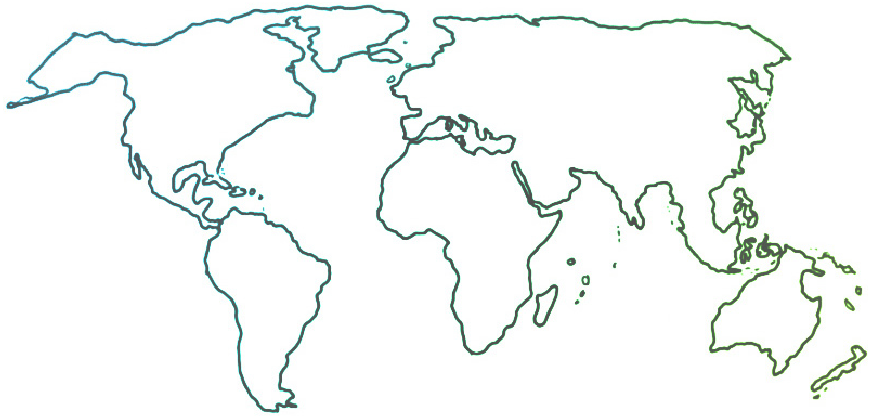
In the Democratic Republic of Congo, Music Moves Us Forward

Rene Byamungu leads young learners in a dance session. Photo: Musicians Without Borders.
In the North Kivu Province of the Democratic Republic of Congo (DRC), the capital city of Goma sits between several mining towns and valuable minerals. Part of an active volcanic region rich in resources, the city serves as an essential transport hub for the nation—and, more importantly, as home to nearly 2 million people, many of whom have been displaced.
This past year, those 2 million have lived through extraordinarily difficult circumstances as the rebel group known as M23—the March 23 Movement—took control of the city. But perhaps none are more affected than the children. Over 2,000 schools in the region have been closed, with many thousands of students displaced and forced to witness the horrors of war, including the deaths of loved ones. As the fighting continues, these young people have been increasingly isolated and ignored.They are left without opportunities to connect with one another, explore their feelings, and celebrate joy.
And yet, as Workshop Leader Rene Byamungu writes, joy has persisted in North Kivu, through music:
Music in the Democratic Republic of the Congo is a way of cultural expression. Everyone has been involved in musical activities, whether at church, at school, or in their communities celebrating different life events. With the support of Musicians Without Borders, I and my fellow leaders at Kivu Youth Music have been fortunate to continue this rich tradition, visiting camps for the displaced and working with the young people of the DRC.
For the children we work with, music and dance are natural instincts, even when lying dormant due to outside circumstances. So, when we first meet a group of children, our ultimate challenge is to create an atmosphere of trust that allows those instincts to take over. This begins before we meet them. We study the group beforehand to determine the methodology that best suits them, using the following indicators:
- Their age group
- Their social and psychological background
- Their environment
Once on the ground, we try to create a welcoming environment before we begin any activities, interacting with the children, talking with them, smiling, even making comic gestures to get them laughing. After that, we begin with an opening activity that celebrates mutual discovery and creativity, often in the form of body movement. I usually start with a four-beat rhythm, using my body as a drum and saying my name out loud after it. Afterward, I invite the children to do the same and say their names one by one.

To continue our warm-up, we start with soft, simple music, sometimes just with sounds. The children are afforded easy opportunities to improvise, helping feelings of inclusion. Then we move on to a slightly more complex song with a rhythm and lyrics adapted to their age group. These songs are normally repetitive for easy learning and adapted to include a dancing element, bringing more heat to the activity.
Learning to play instruments like the guitar and piano can be very important for their intellectual development, and we do use those instruments. But the instrument we use the most is the drum. With drums alone, children can learn and enjoy singing and dancing in a group, because it is fun and easy and feels good.
And drums help in other ways, too. Not every child in these camps speaks the same language, causing some of our workshops to be more nonverbal than others. When this happens, we use rhythms and gestures to communicate (gestures are universal). And if the song has simple lyrics, we help them to learn the words and ask them to repeat them several times before the fun begins.
This requires empathy and understanding. When the children feel supported and understood, the learning of a few words is not a dealbreaker. To that end, we strive to be listeners first, helping the young learners see that their thoughts and feelings are being taken into account. And above all, we remain patient. There is no ticking clock; some children take a little longer to learn, so we strive to communicate the rules or lesson plan as much as possible, so they feel prepared and seen.
My aim is that every child we engage not only has fun in a safe and enjoyable environment, but also enjoys a space where they can express their emotions and heal from the traumas they have experienced. Music is a powerful tool in creating this positive impact in their lives. And I confess it helps me immensely as well, seeing the smiles on their faces. Their joy brings the hope we all need to carry on.
For more stories like Rene’s, sign up for the Musicians Without Borders Newsletter on their website.
Watch Rene perform his original song “Twa Endeleya” on YouTube.

